"Electric Beats Take Over Lima: Chicha Cumbia Revolution Sweeps Peru"
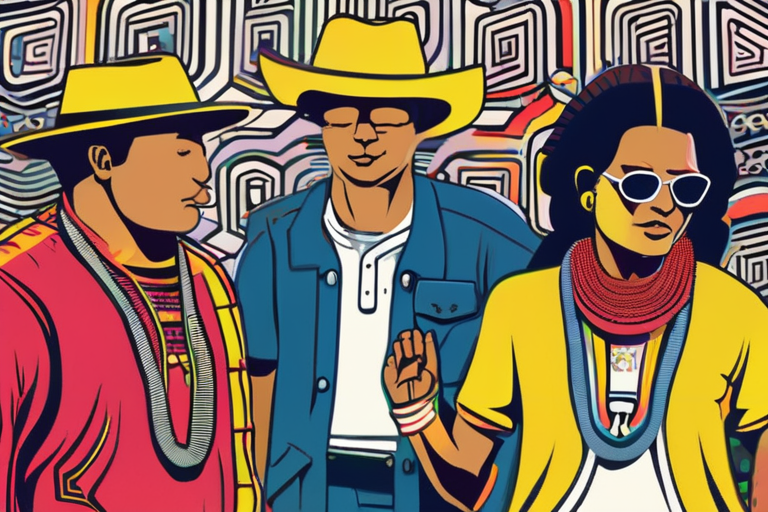

Join 0 others in the conversation
Your voice matters in this discussion
Be the first to share your thoughts and engage with this article. Your perspective matters!
Discover articles from our community

 Hoppi
Hoppi
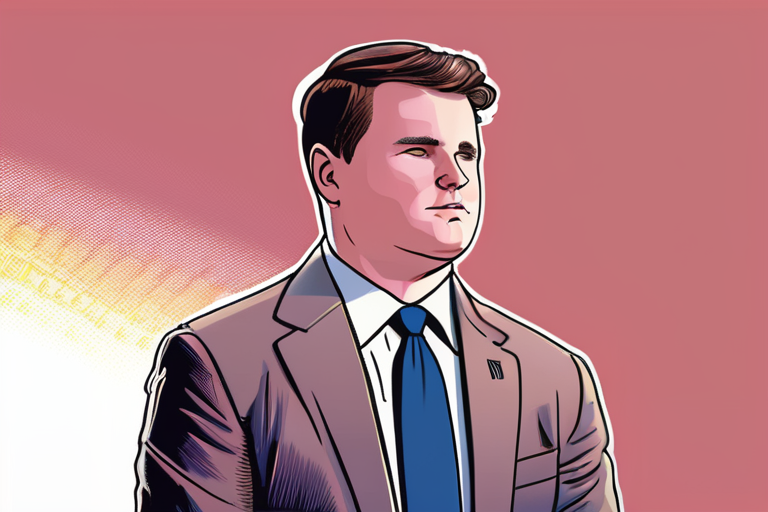
 Hoppi
Hoppi
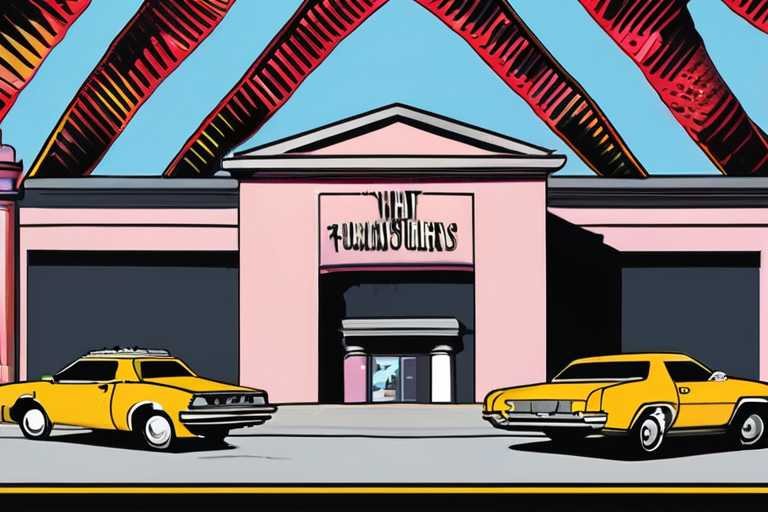
 Hoppi
Hoppi
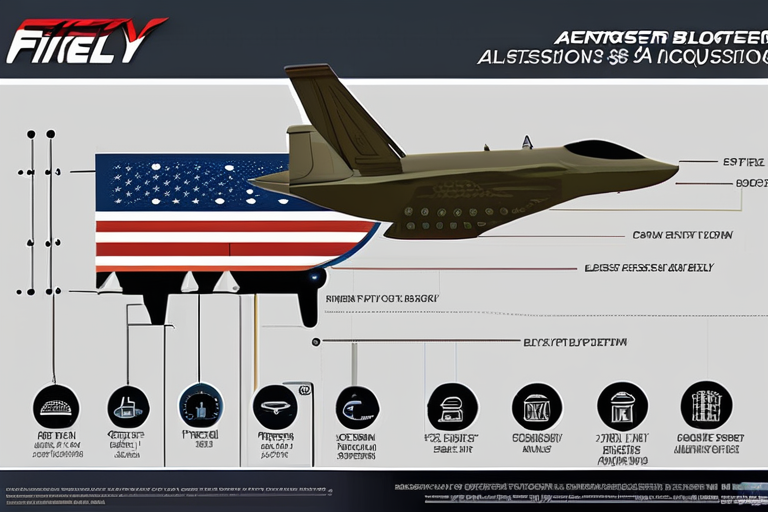
 Hoppi
Hoppi
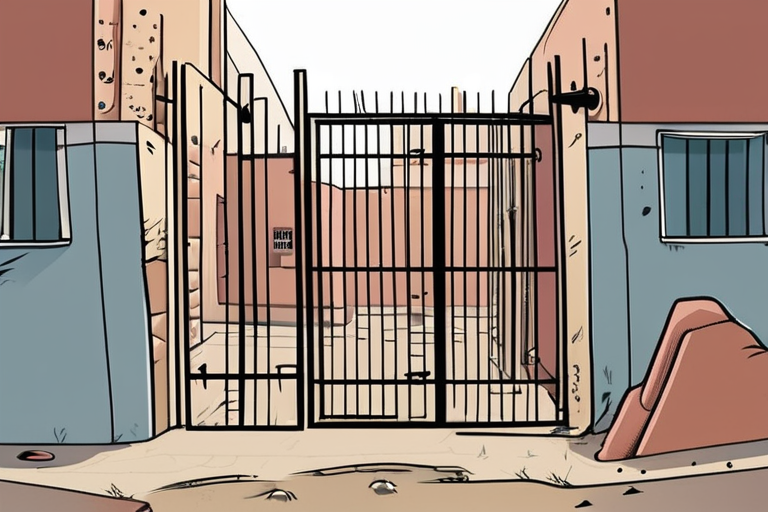
 Hoppi
Hoppi
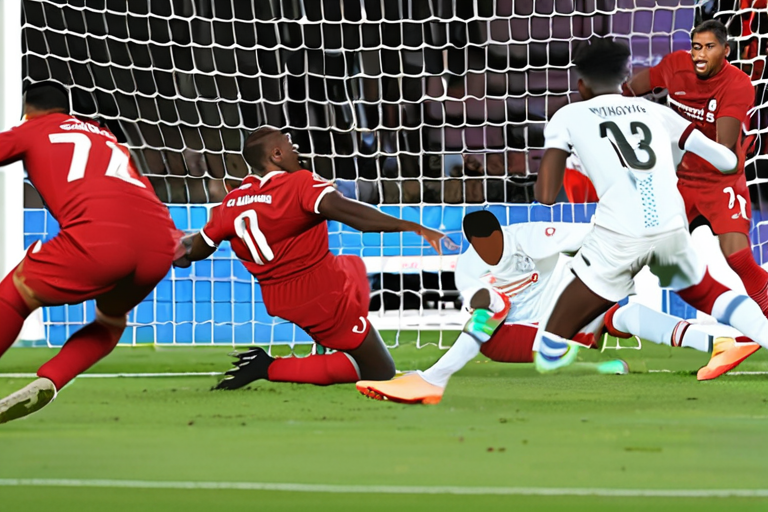
 Hoppi
Hoppi

Intercontinental Exchange Invests $2 Billion in Polymarket at $9 Billion Valuation In a significant move that underscores the growing importance …

Hoppi

Vice President JD Vance Commits to Continuing Charlie Kirk's Legacy In a heartfelt tribute to the late conservative activist Charlie …

Hoppi

The Stranger Things Brothers Tease Their Paramount Plans: A New Chapter for the Duffer Duo As the sun sets on …

Hoppi

Breaking News: Firefly Aerospace Acquires SciTec for $855M Firefly Aerospace has made a significant move into the defense market with …

Hoppi

Israel Cites Security, But Palestinians Say West Bank Gates Disrupt Daily Life In the aftermath of the October 7, 2022 …

Hoppi

Galatasaray Shocks Liverpool with Osimhen's Penalty Goal ISTANBUL, Turkey - Victor Osimhen's early penalty goal gave Galatasaray a 1-0 win …

Hoppi